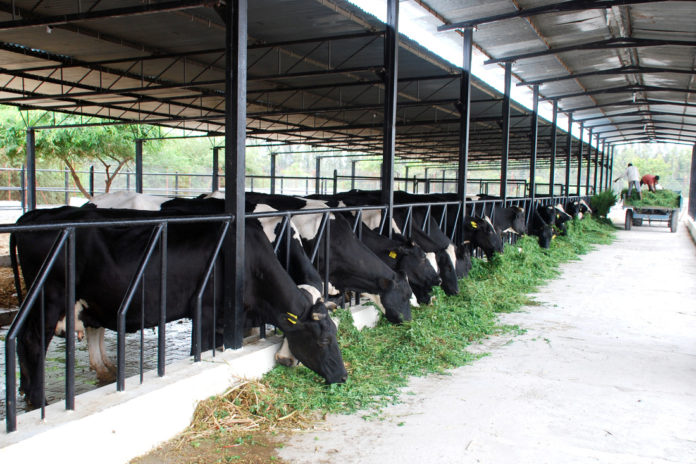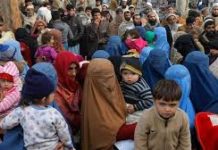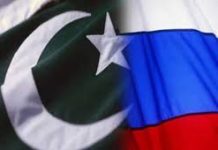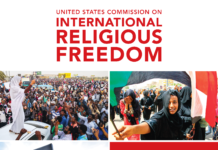Pakistanis, having a special love for foreign and imported items, will soon have an opportunity to relish milk of cows of American origin as some 300 Holstein heifers have reached commercial farms in agriculture-rich Punjab province.
In a bid to acclimatize the animals to relatively warm weather conditions, special cooling arrangements have been made at these facilities. These heifers were flown from Miami, Florida State to Sialkot’s Sambrial Airport before being transported to Gujranwala, Sialkot and Kasur districts. The US is the second country to export milch animals to Pakistan after Australia that has exported upto 90,000 cows to this part of the world over the last few years.
These imported heifers cost an amount ranging from US $ 1200 to $3000 in Pakistan, a cost almost twice than the local cows of the same age. But the striking difference between the local and foreign cows is in terms of milk yield. The daily milk average of a local cow is 8 to 10 liters a day against 35 to 40 litres of an American cow.
Dairy experts say this is the main reason that the demand for the cows of exotic breed has been on the rise in Pakistan, the country otherwise ranked fourth largest milk producing nation in the world only after India, China and the United States.
Over 10 million farming families are producing about 50 billion liters of milk annually worth Rs 177 billion (US $ 1.7 billion). With 11.30% share in GDP, dairy farming is characterized by fragmented, smallholder farmers operating at subsistence level. A lack dairy farming knowledge limits their opportunities for commercial benefits. This is the reason that the dairy farming has not been considered an attractive avenue for the investors in Pakistan.
Even the establishment of the development companies like Dairy Pakistan during General Pervez Musharraf era, the much promised white revolution could not be brought about. Owing to this, bumper milk production has not been able to contribute to the national economy and in cutting down the rate of malnutrition in a big way. According to rural economists, the per litrr return to a farmer living in a village far from the urban centre is usually Rs 30 to 40 per liter while the processed milk is sold at a rate of Rs 80 per litre in unprocessed form and upto Rs 130 per liter in processed form. Thus most of the amount goes to the middle man, mainly the gowalas, the milk men selling the commodity in unpackaged and unprocessed form.
The share of processed milk in Pakistan’s dairy sector is less than 5 percent. Nestle was the first multi-national company that introduced quality processed milk in Pakistan utilizing the technologies like UHT and tetra-packing in addition to fresh powdered, organic and value added products of milk. This has resulted in the mushrooming of dairy factories across Pakistan. But still there is need to increase the depth and breadth of the formal dairy sector to help provide only safe milk to the growing population especially to the middle class that has capacity to afford relatively expensive processed milk. According to experts, Pakistan will require 25,000 better grade, high performance animals each year with 15% increase till 2020.
The import of cows from Australia and the United States and their cross breeding with the local varieties can be of great use in bringing Pakistan’s dairy sector at par with other agriculture economies of the world.















